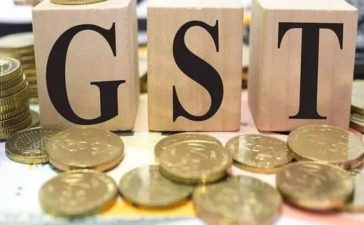
The one-year median marginal cost of funds-based lending rate (MCLR) increased by 175 bps between May 2022 and May 2024. In the same period, the weighted average lending rate (WALR) on fresh rupee and outstanding rupee loans increased by 188 bps and 111 bps, respectively.
To be sure, the RBI has kept its benchmark policy repo rate unchanged at 6.5% for eight bi-monthly policies in a row amid worries over prices, especially concerns over food inflation.
The weighted average domestic term deposit rate (WADTDR) on fresh deposits and outstanding deposits increased by 244 bps and 190 bps, respectively, during the same period. The pass-through to WALR on fresh rupee loans and WADTDR on fresh deposits was higher for public sector banks than private banks, while transmission to WALR on outstanding loans was higher for private banks.
“In response to the cumulative 250 bps hike in the policy repo rate since May 2022, banks have revised their repo-linked external benchmark-based lending rates (EBLRs) upward by the same magnitude,” said an assessment of the state of the economy published in the latest RBI Bulletin.The RBI has adopted ‘flexible inflation targeting’ as its formal monetary policy objective. But it does not downplay other factors, even as retail inflation is slowly aligning with the target of 4% – the latest reading was 4.7% for May.RBI governor Shaktikanta Das has in the past underscored the need for fuller transmission of policy rates. Some economists, including members of the monetary policy committee, have argued for lower rates in the fastest-growing economy. Others say that high growth has given the central bank time.
“Strong growth conditions have provided RBI policy space to remain on pause till there is further clarity on food inflation risks,” said Gaura Sengupta, chief economist at IDFC First Bank. The earliest RBI can cut interest rates is in October as by then there will be greater clarity on food inflation risks with the monsoon getting over. Moreover, there will also be more clarity on the US Federal Reserve’s policy, according to Sengupta.










